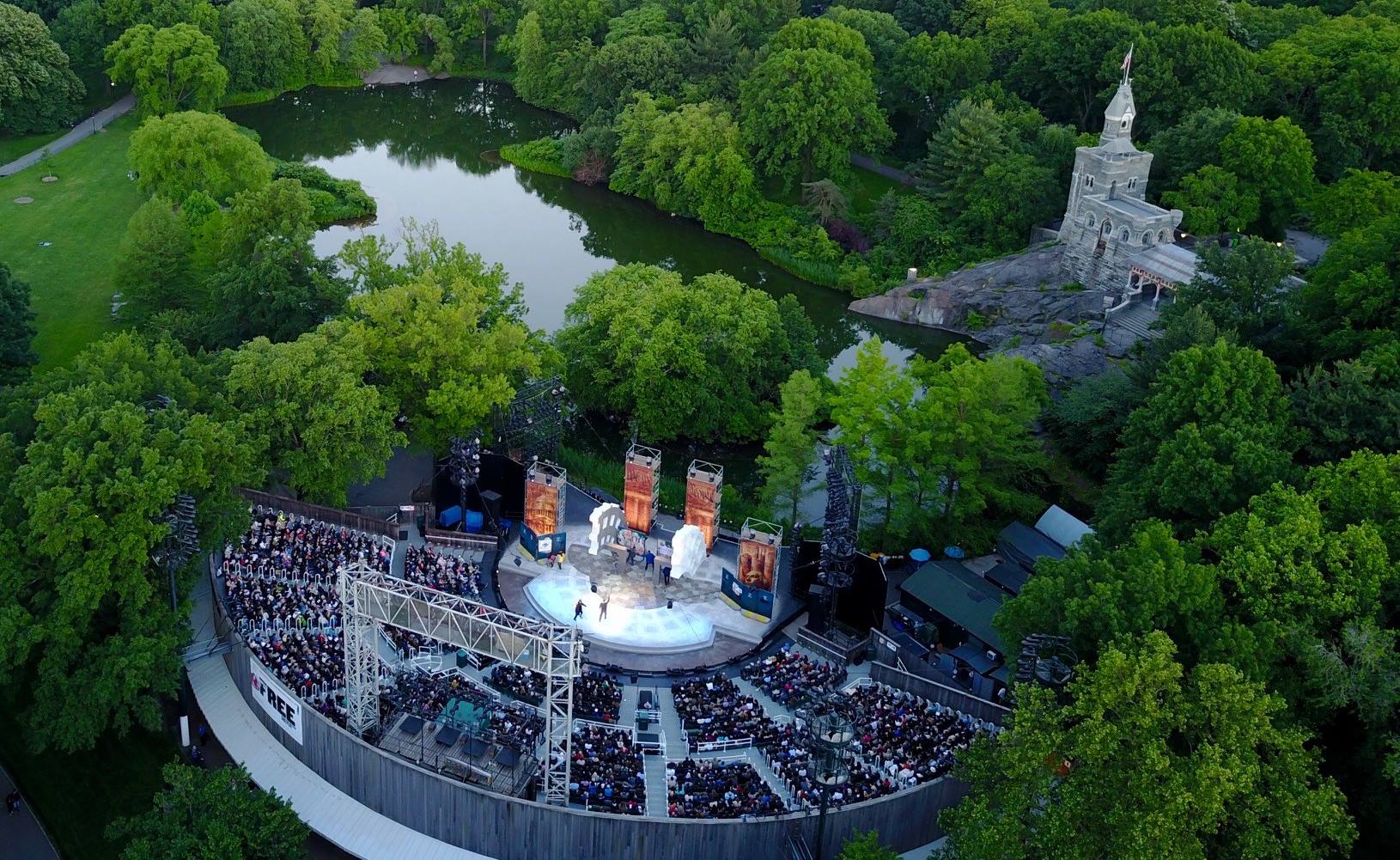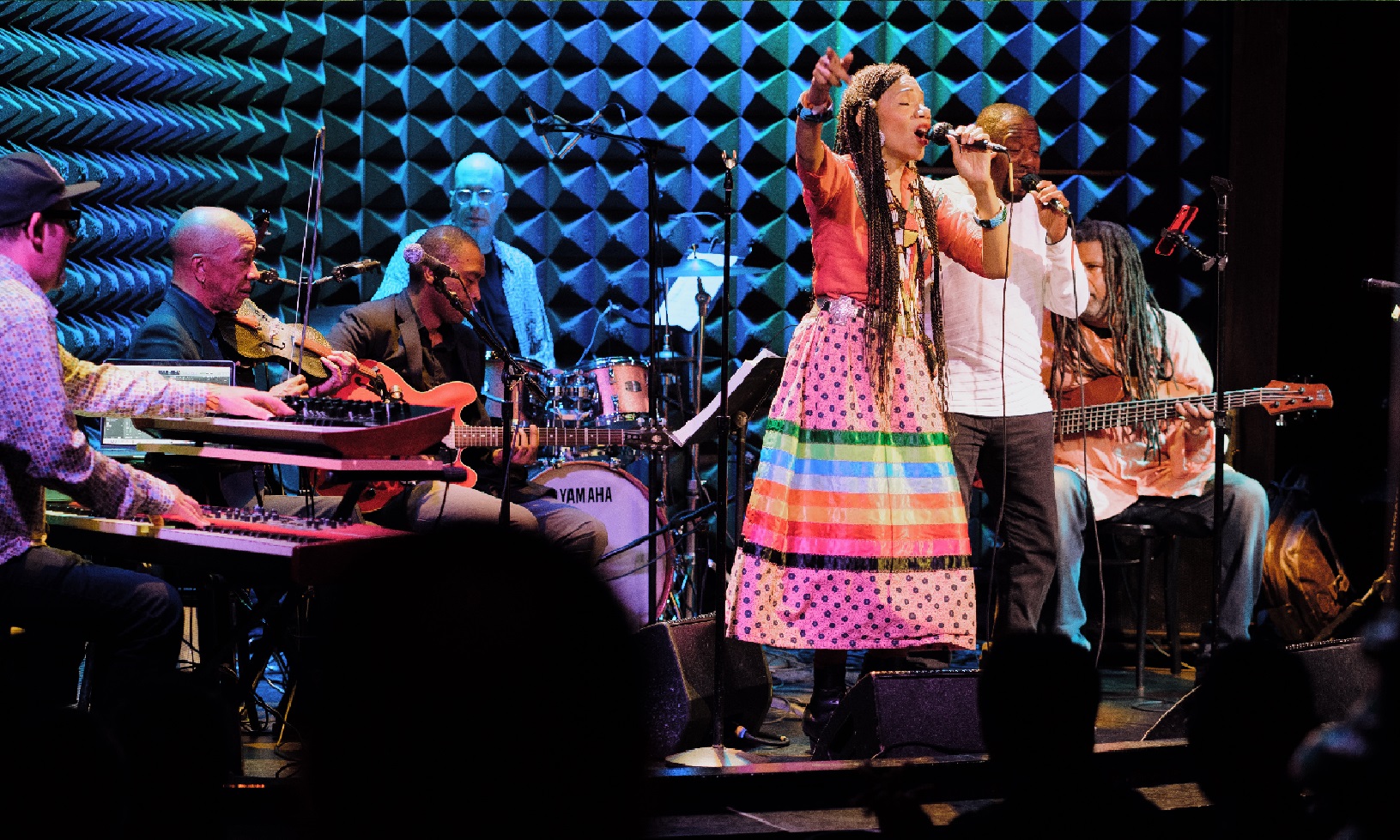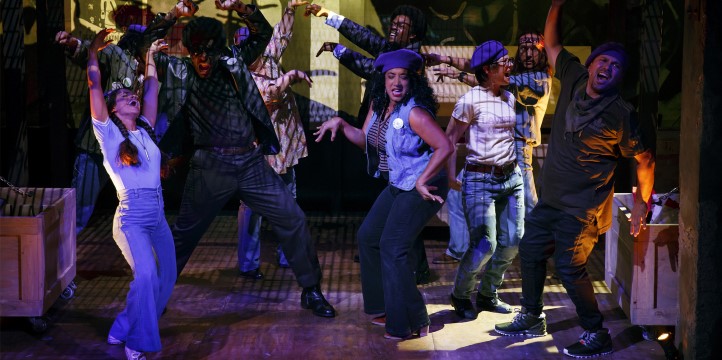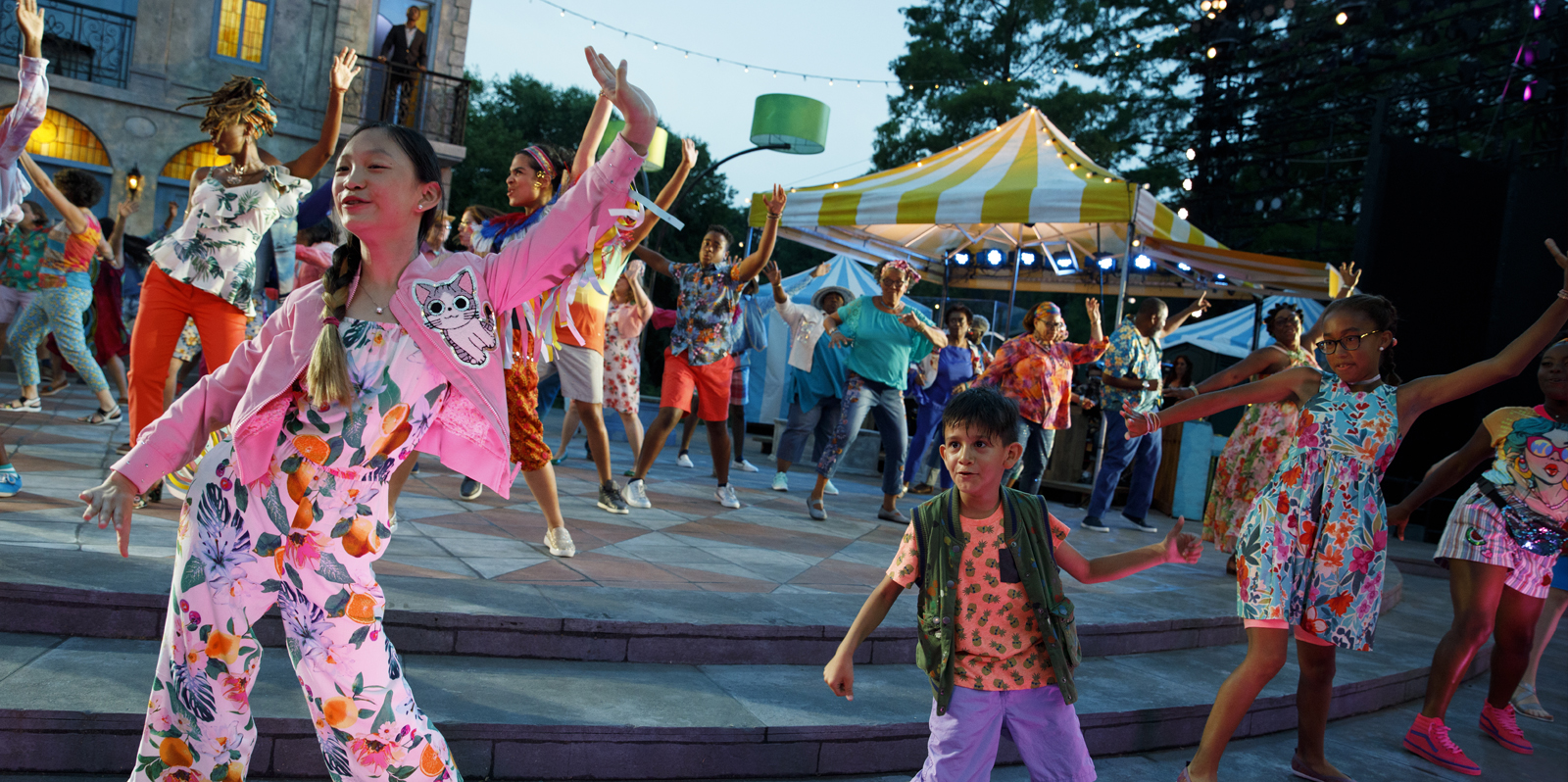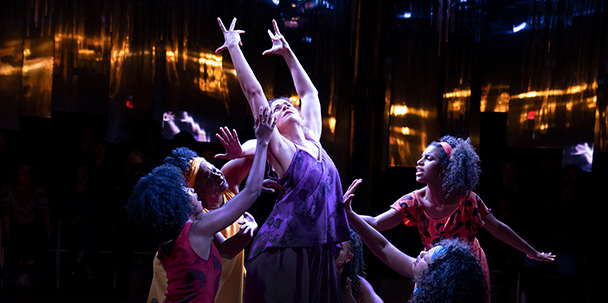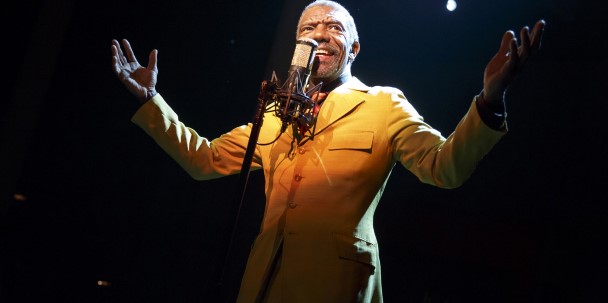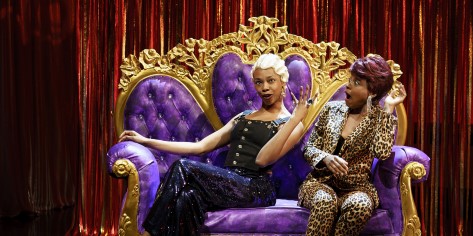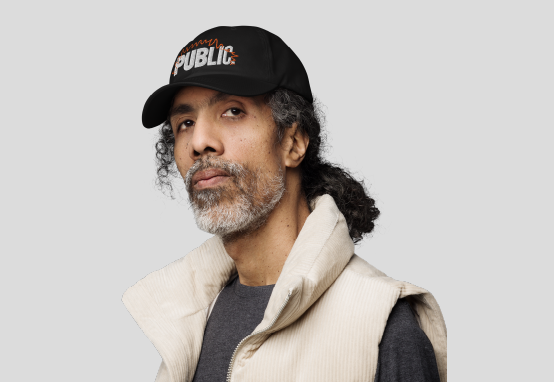Ntozake Shange left behind a legacy, creating a collective language for many women of color with her work. To celebrate this revival and the all-women of color creative team of FOR COLORED GIRLS WHO HAVE CONSIDERED SUICIDE/WHEN THE RAINBOW IS ENUF, we invited photographer CHRISTINE CHAMBERS to capture the creative team through the lens of her portrait photography. Outside the photography studio, we asked the team to reflect on what being on this production and part of an all-women of color creative team means today and for the future.
Second in this series of interviews is Camille A. Brown
What does the legacy of for colored girls… mean to you, and how has that impacted your work?
It is a brilliant legacy of love, healing, truth, pain, community, sisterhood, and life. Because Ntozake has passed, it’s important now more than ever to make sure her voice continues to be heard and celebrated.
This experience has reinforced why lifting up those who came, fought, and conquered before us is crucial to our perseverance.
What has your experience working on an all-women of color design team been like?
It needs to happen more often and shouldn’t be rare.
What is your biggest challenge as a choreographer?
It’s always hard stepping into a work that is both a classic and dearly beloved. I am honored to be a part of the canon of black female choreographers who have created movement for for colored girls... One of the things I appreciate about Ntozake is that she loved dance. She understood it’s important to storytelling and invited it into her creative space. When I met with her last year, I was in complete shock because she was interested in interviewing me about my process. I felt like the roles should’ve been reversed! But now the lesson in that experience is clear: Ntozake was encouraging me to keep going. In a world where Black women are constantly in spaces of feeling seen and unseen, Ntozake was helping me to see myself. In her words, “I found God in myself and I loved her fiercely.” It was a moment for me to look inside and, through pain and heartache, still find a way to celebrate. Because of that experience with her, I have to keep going.
Who/what inspires you in your choreography?
Ntozake has created a safe space for our words, dance, gesture, and narratives to live through community and sisterhood and I am humbled to be a part of her legacy.
From childhood innocence, to girlhood awareness, to maturity, our movements and gestural vocabularies are shaped by our environments, the bonds of sisterhood, and society at large.
Using the rhythmic play of dance vernacular from the African Diaspora including social dancing, double dutch, steppin,’ Juba, ring shout, and gesture, I look forward to exploring the middle spaces between play and protest through movement with the cast.
Gratitude to Ntozake; Ntozake’s sister, Ifa Bayeza; Leah C. Gardiner; and The Public Theater for believing in my work and inviting me on this journey.
Lifting up my choreo team, Chloe Davis, Mora-Amina Parker, and Ja’Malik.
What is your advice to women of color interested in pursuing a career similar to yours?
You will have to work 10x as hard. Stay the course. Focus on the work. Hold your community close to you. Every fall prepares you for a climb. Remember all of the Black female choreographers that have come before you. The exhaustion you feel, remember they carried twice the load. We never do anything alone. Value your team. Work to be the best leader, and communicator possible. There may be times when you feel unseen, but just remember, a reflection of you is always watching.
This interview has been edited for length and clarity.
Photo by Christine Chambers


